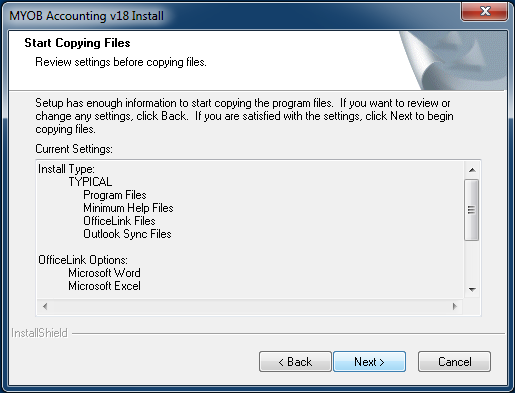

We were asked to write an idea for a project down, then pitch it to our neighbors to solicit feedback. We were well on our way to defining the design thinking process and how to overcome our procrastination hurdles. Each note was grouped into common themes and each cluster was given a title. This was not unlike my previous experience on my company’s Contextual Inquiry team for our enterprise-level legal industry software. We started with an initial exercise to define why we procrastinate on projects, using one idea per sticky note.


You don’t need to have a title of “Designer” to do it, it’s a methodology that can be practiced by anyone and perhaps works best in a diverse group of people who can help you see new perspectives from different angles you never would have thought about on your own.Īfter some introductions in class broke the ice, I felt for the first time in years that I was amongst a group of like-minded thinkers. It’s the way big yet innovative companies solve problems.

Perfect! A class called “ Design Thinking for Procrastinators.” It’s like they developed this course just for me and my attention-divergent mind!ĭesign thinking is basically an ideation process where you determine what you want and how to get it by initially being exploratory and open, then honing in on the what and how, with the help of some other peers to provide insight and help you focus. I then looked a little further into who was running it, a group called The Design Gym, and decided to explore whether they had a smaller course I could try, just to get my feet wet. Since January is all about resolutions, today I decided to dive deep into a topic I’ve always had interest but never thought I had a place to learn or practice, “design thinking.” I was looking through my local creative classes, as I do once every semester-like timeframe ( Gowanus Print Lab, Brooklyn Brainery, School of Visual Arts) and noticed a Design Thinking Boot Camp.


 0 kommentar(er)
0 kommentar(er)
